| Map |
|
|
| 24 Cities [M] |
| |
| Capital City | 2,500.00 Infra, 250,679 People |
|
| |
| City 2 | 2,500.00 Infra, 250,613 People |
| City 2 | Pop: 250,613 | Infra: 2,500.00 | Powered: Yes |
|
| |
| City 3 | 2,500.00 Infra, 250,547 People |
| City 3 | Pop: 250,547 | Infra: 2,500.00 | Powered: Yes |
|
| |
| City 4 | 2,500.00 Infra, 248,143 People |
| City 4 | Pop: 248,143 | Infra: 2,500.00 | Powered: Yes |
|
| |
| City 5 | 2,500.00 Infra, 248,143 People |
| City 5 | Pop: 248,143 | Infra: 2,500.00 | Powered: Yes |
|
| |
| City 6 | 2,500.00 Infra, 248,143 People |
| City 6 | Pop: 248,143 | Infra: 2,500.00 | Powered: Yes |
|
| |
| City 7 | 2,500.00 Infra, 248,143 People |
| City 7 | Pop: 248,143 | Infra: 2,500.00 | Powered: Yes |
|
| |
| City 8 | 2,500.00 Infra, 248,143 People |
| City 8 | Pop: 248,143 | Infra: 2,500.00 | Powered: Yes |
|
| |
| City 9 | 2,500.00 Infra, 245,244 People |
| City 9 | Pop: 245,244 | Infra: 2,500.00 | Powered: Yes |
|
| |
| City 10 | 2,500.00 Infra, 245,244 People |
| City 10 | Pop: 245,244 | Infra: 2,500.00 | Powered: Yes |
|
| |
| City 11 | 2,500.00 Infra, 245,244 People |
| City 11 | Pop: 245,244 | Infra: 2,500.00 | Powered: Yes |
|
| |
| City 12 | 2,500.00 Infra, 245,244 People |
| City 12 | Pop: 245,244 | Infra: 2,500.00 | Powered: Yes |
|
| |
| City 13 | 2,500.00 Infra, 245,244 People |
| City 13 | Pop: 245,244 | Infra: 2,500.00 | Powered: Yes |
|
| |
| City 14 | 2,500.00 Infra, 245,244 People |
| City 14 | Pop: 245,244 | Infra: 2,500.00 | Powered: Yes |
|
| |
| City 15 | 2,500.00 Infra, 245,244 People |
| City 15 | Pop: 245,244 | Infra: 2,500.00 | Powered: Yes |
|
| |
| City 16 | 2,500.00 Infra, 245,244 People |
| City 16 | Pop: 245,244 | Infra: 2,500.00 | Powered: Yes |
|
| |
| City 17 | 2,500.00 Infra, 241,985 People |
| City 17 | Pop: 241,985 | Infra: 2,500.00 | Powered: Yes |
|
| |
| City 18 | 2,500.00 Infra, 241,126 People |
| City 18 | Pop: 241,126 | Infra: 2,500.00 | Powered: Yes |
|
| |
| City 19 | 2,500.00 Infra, 241,014 People |
| City 19 | Pop: 241,014 | Infra: 2,500.00 | Powered: Yes |
|
| |
| City 20 | 2,500.00 Infra, 240,787 People |
| City 20 | Pop: 240,787 | Infra: 2,500.00 | Powered: Yes |
|
| |
| City 21 | 2,500.00 Infra, 239,397 People |
| City 21 | Pop: 239,397 | Infra: 2,500.00 | Powered: Yes |
|
| |
| City 22 | 2,500.00 Infra, 233,445 People |
| City 22 | Pop: 233,445 | Infra: 2,500.00 | Powered: Yes |
|
| |
| City 23 | 2,500.00 Infra, 226,580 People |
| City 23 | Pop: 226,580 | Infra: 2,500.00 | Powered: Yes |
|
| |
| City 24 | 2,500.00 Infra, 220,851 People |
| City 24 | Pop: 220,851 | Infra: 2,500.00 | Powered: Yes |
|
|
| Nation Activity |
|
| Bulletins |
|---|
|

|
SASQUATCH TAKES OVER JORVIKLUND
cmon mate
|
SASQUATCH TAKES OVER JORVIKLUND
cmon mate
|
|
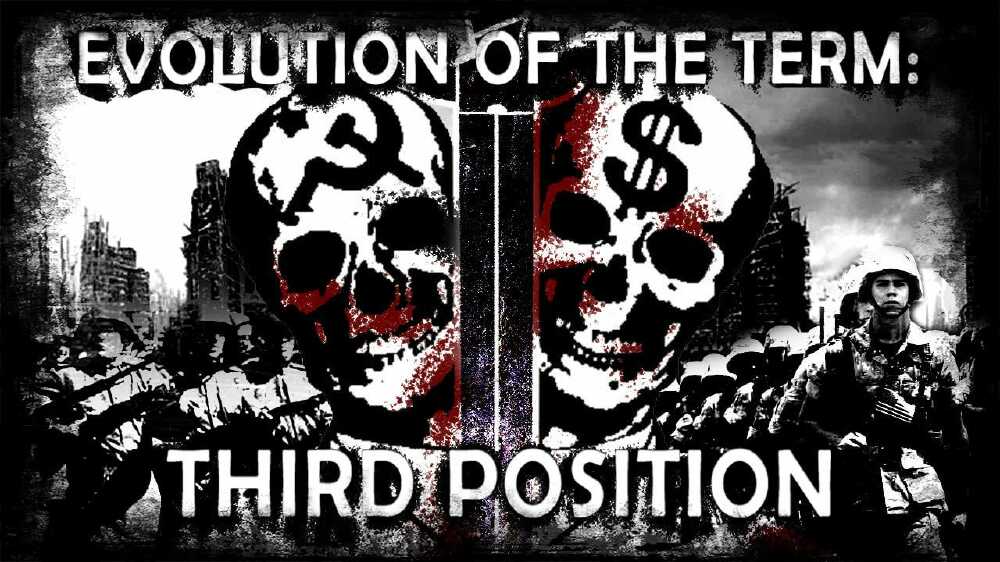
|
Legaland refuses military action as the Holy Fascist Legion takes power in Jorviklund
Fascism sweeps Jorviklund
|
Legaland refuses military action as the Holy Fascist Legion takes power in Jorviklund
Fascism sweeps Jorviklund
|
|
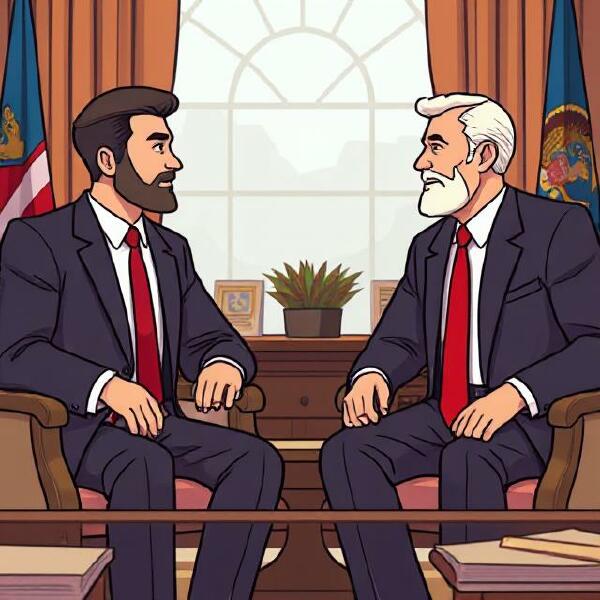
|
Talks between exiled government and Legaland's government
Possible military action by Legaland?
|
Talks between exiled government and Legaland's government
Possible military action by Legaland?
|
|
| See All |
| Nation Score Over Time |
|---|
|
|
| Score Component Breakdown |
|---|
|
|
| Nation Militarization Over Time |
|---|
|
|
| 10 National
Projects |
 |
Arable Land Agency
Arable Land Agency is a national project that reduces the cost of land by 5%. |
 |
Arms Stockpile
Arms Stockpile is a national project that boosts Munitions Factories' productivity by 20% nationwide. |
 |
Center for Civil Engineering
Center for Civil Engineering is a national project that increases knowledge about infrastructure. Infrastructure costs drop 5% in all cities. |
 |
Intelligence Agency
Intelligence Agency is a national project that allows you to do two espionage operations per day instead of one and train up to 60 spies. |
 |
International Trade Center
International Trade Center is a national project that increases the Commerce rate in each city by 1%, allows your maximum commerce rate in cities to reach 115% and increases the maximum number of Banks per city from 5 to 6. |
 |
Iron Dome
Iron Dome is a national project that gives you a 30% chance of shooting down enemy missiles and prevents 1 improvement from being destroyed by enemy missiles. |
 |
Ironworks
Ironworks is a national project that boosts Steel Mills' production by 36% nationwide. |
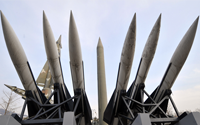 |
Missile Launch Pad
Missile Launch Pad is a national project that allows you to build Missiles. |
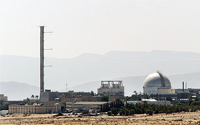 |
Nuclear Research Facility
Nuclear Research Facility is a national project that allows you to build Nuclear Weapons. |
 |
Propaganda Bureau
Propaganda Bureau is a national project that increases your military unit recruitment rate. |
Center for Civil Engineering
International Trade Center
Nuclear Research Facility
|

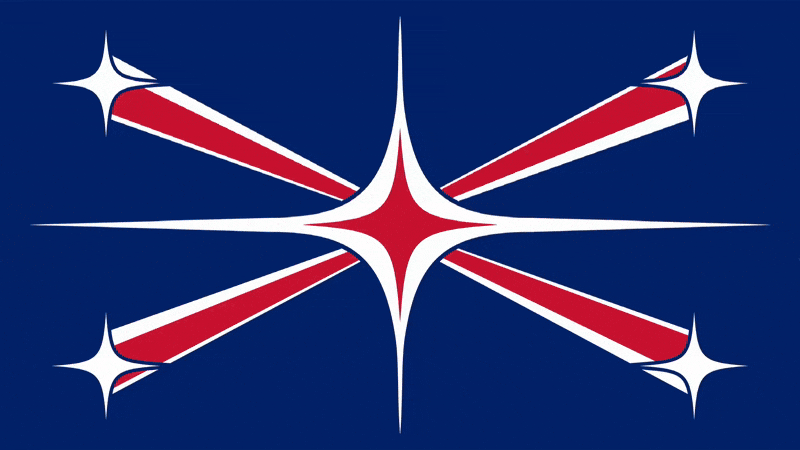
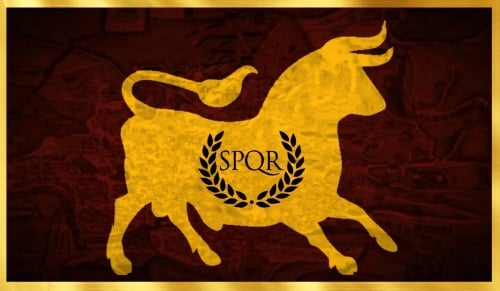






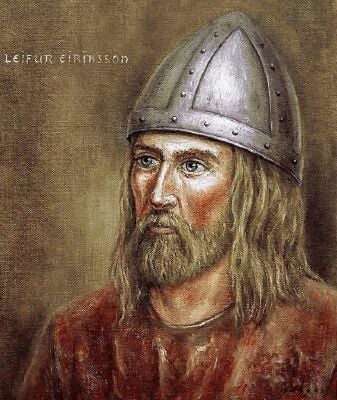
 Roman Purple
Roman Purple Bitcoin
Bitcoin  Bird
Bird 
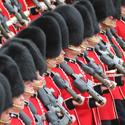 Soldiers:
Soldiers: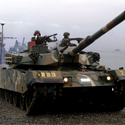 Tanks:
Tanks: Aircraft:
Aircraft: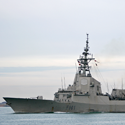 Ships:
Ships: Spies:
Spies: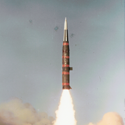 Missiles:
Missiles: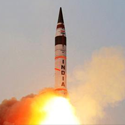 Nuclear
Weapons:
Nuclear
Weapons:





















